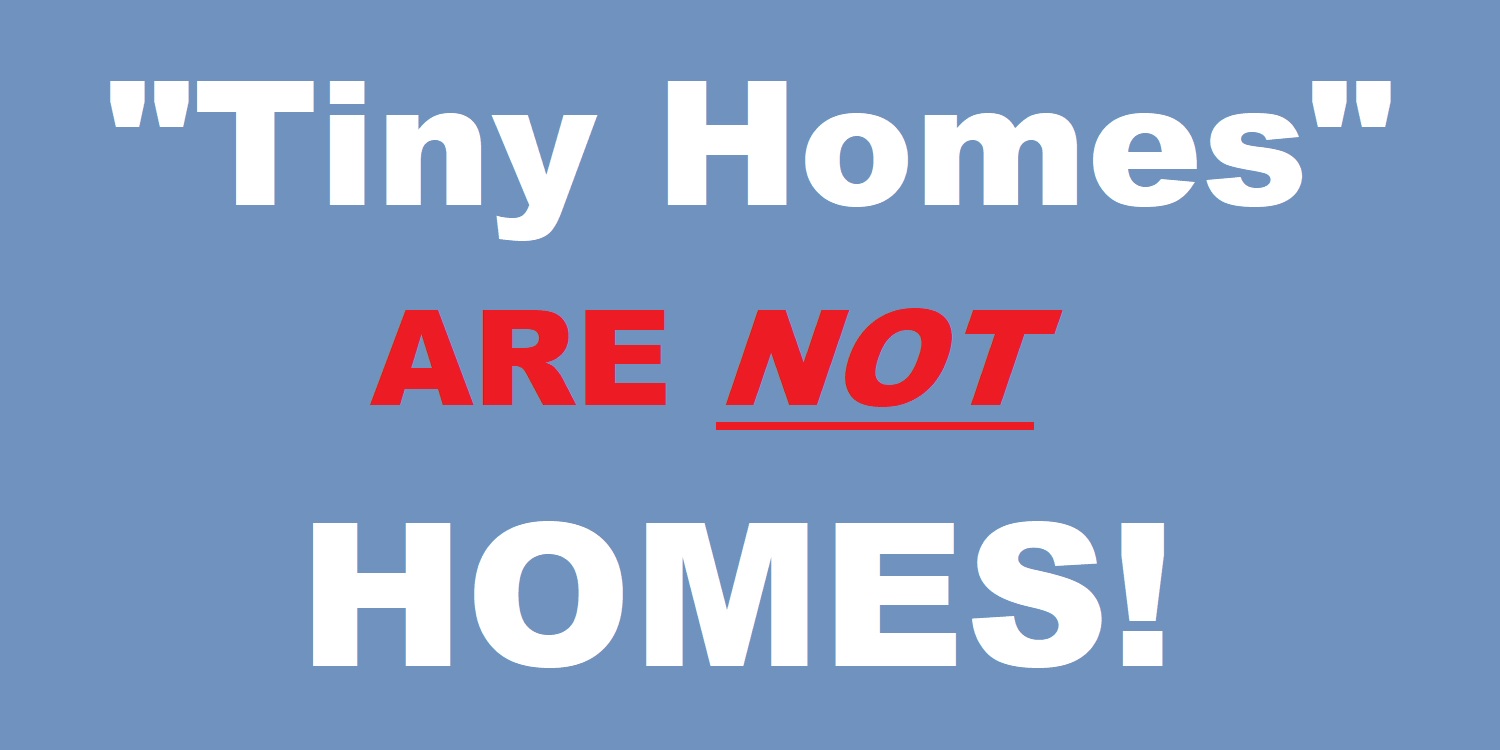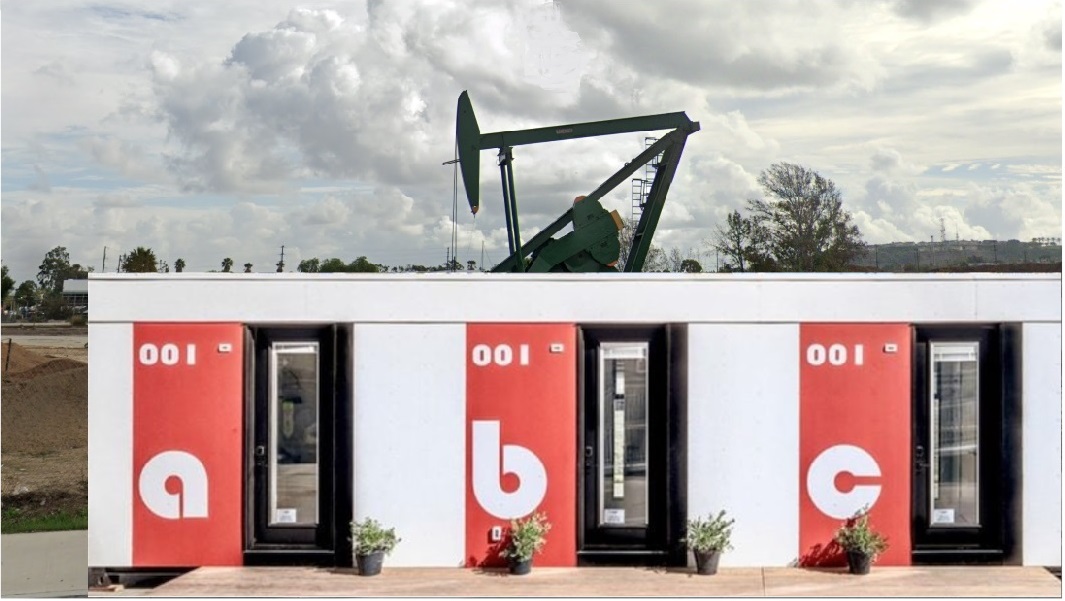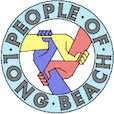

B. We oppose the fiscally irresponsible expense of $170,000 per bed (including infrastructure) to house people on the street while our pro-development policies continue to ensure that people end up on the street. Instead of $170,000 that serves one person in an inhumane box, the city could provide an average of $566 monthly subsidy to 5 families for 5 years.
a. The subsidy operates in a similar way as the Universal Basic Income.
i The subsidy helps to stabilize communities impacted by homelessness by helping people or families remain in their home and in their communities instead of getting shoved into a homeless ghetto in a tiny box in an inhospitable place, or in a cot in an emergency shelter, or in a dorm within a trailer such as the year-round shelter in north Long Beach
ii The subsidy impacts more than one person, and in many cases may impact an entire household
iii. The subsidy helps keep families together
iv. The subsidy can be tailored based on need such that a large family or one with special needs receives more than a working individual who just needs a small hand to stay in their home, likewise the length of time may vary.
b. Additional funding:
i. The subsidy does not include the food costs planned into the tiny box plan that come from a different funding source. Once this is accounted for, it could be added to the subsidy as a groceries allowance.
ii. The subsidy does not include the ongoing maintenance and repair costs for the tiny boxes which could substantially raise the subsidy.
c. Individuals who need counseling or drug treatment will still have that available as those costs come from other sources. Someone who is able to stay at home in familiar surroundings during treatment, rather than a claustrophobic box with reduced liberties, will respond more favorably.
C. We oppose building another facility serving the unhoused in western Long Beach, which already is home to various facilities including the Multi Service Center, Atlantic Farms, and emergency shelters. If there is no alternative then we support a more humane and equitable location in El Dorado Park or another large park in eastern Long Beach.
D. If there is no alternative but to put up these tiny boxes, then we prefer to:
a. Select a more humane site:
i. Away from such a concentrated source of pollution as found at the Spring/California site
ii. Within walking distance to basic services
iii. Within easy reach of public transit and easy to walk without large hills
iv. Within a peaceful and calming environment that contains mature shade trees
b. Do the planning in a humane manner, including:
i. Meandering walks
ii. Individual units or at best two units together to limit sound transmission and create a sense of freedom and individuality
iii. Meandering walks, not columns and rows
c. Design them humanely (see attached graphic) with:
i. Human scale and detail
ii. Variety of design through color, texture, and form, while maintaining uniformity in plan
d. Design and build locally:
i. Reinforce local economy by using local specialized trades and material suppliers
ii. Teach skills to the unhoused and pay them a living wage (the manufacturer of the tiny boxes does not pay living wage).
iii. Hands-on learning opportunity for our community college students




